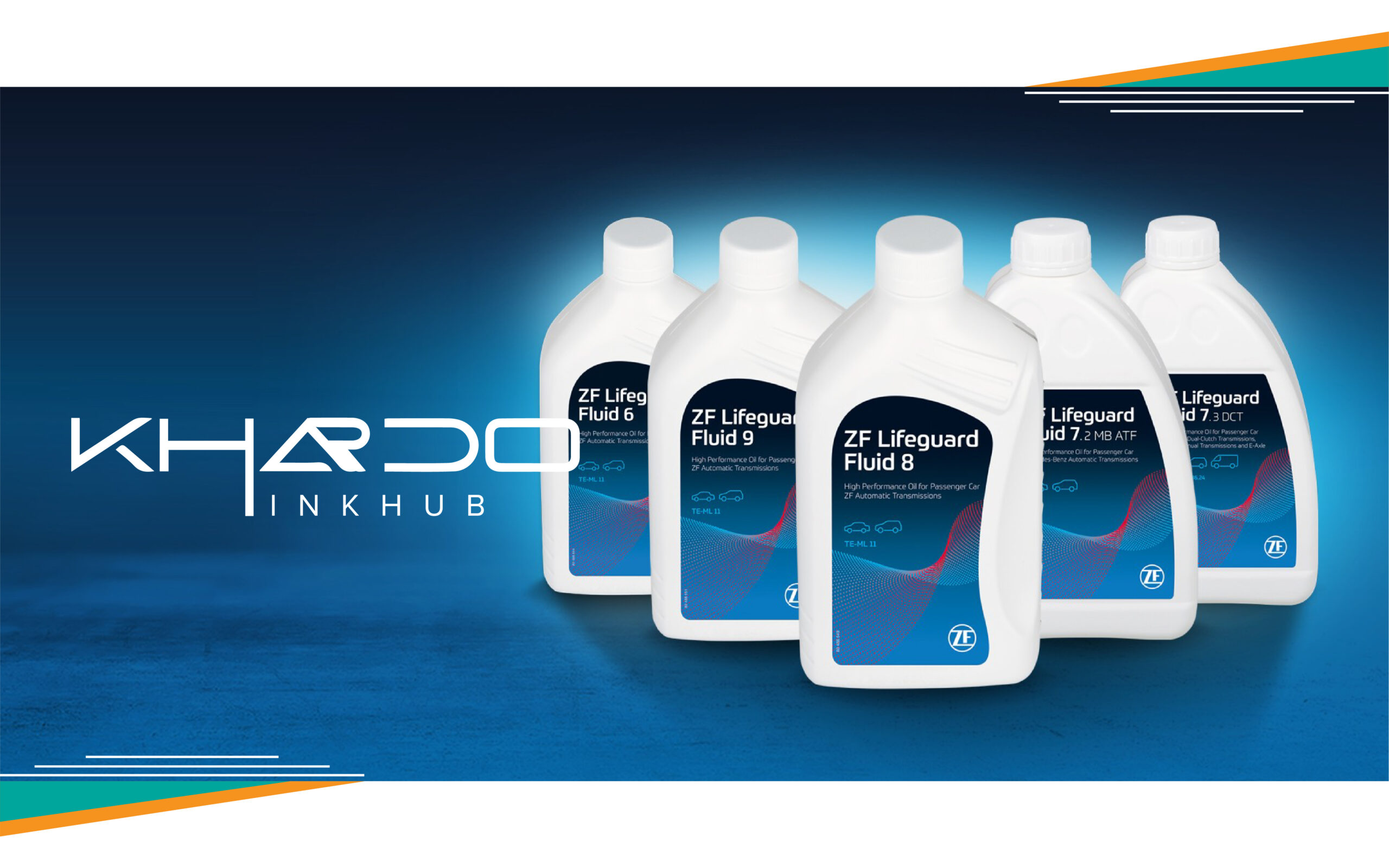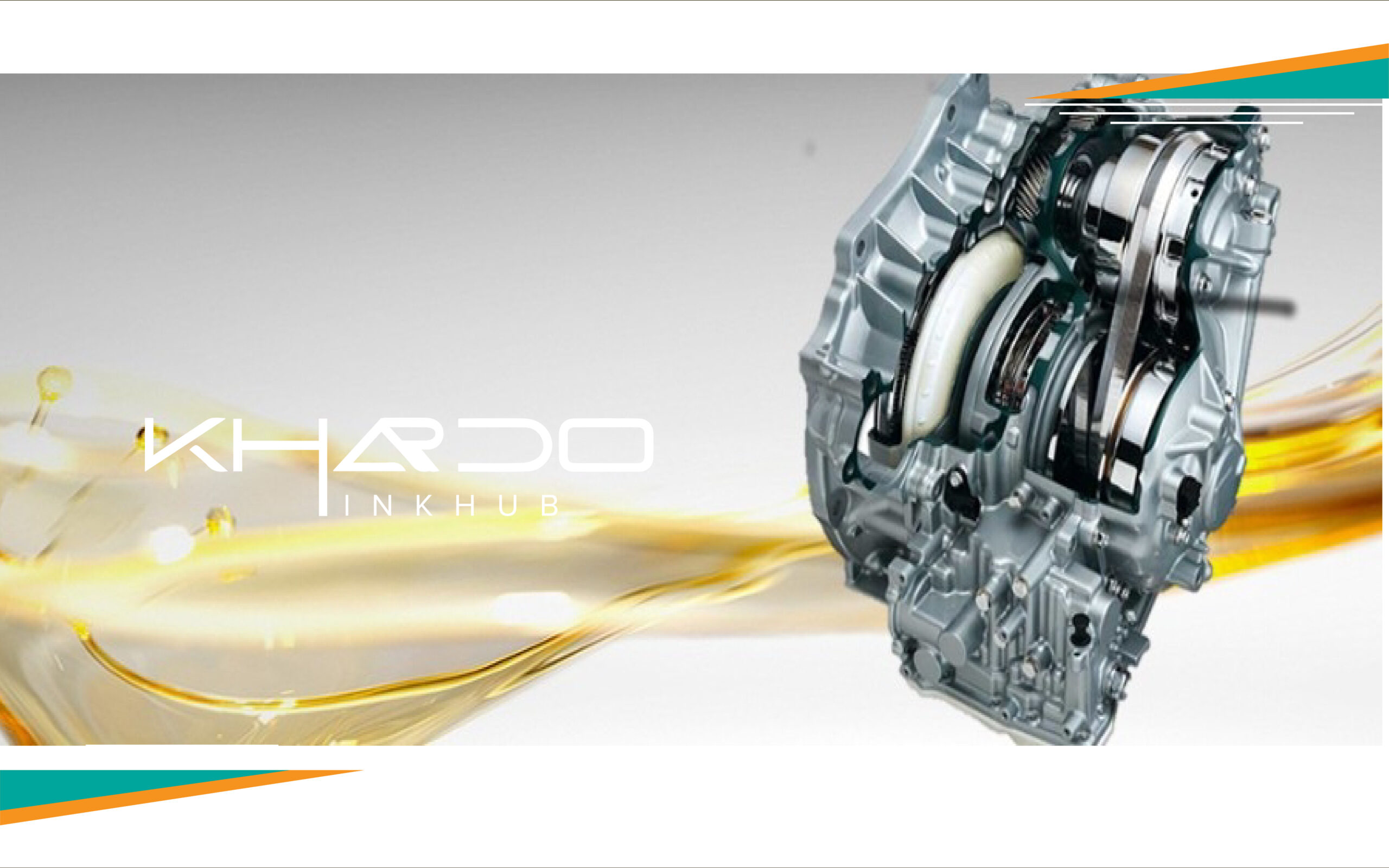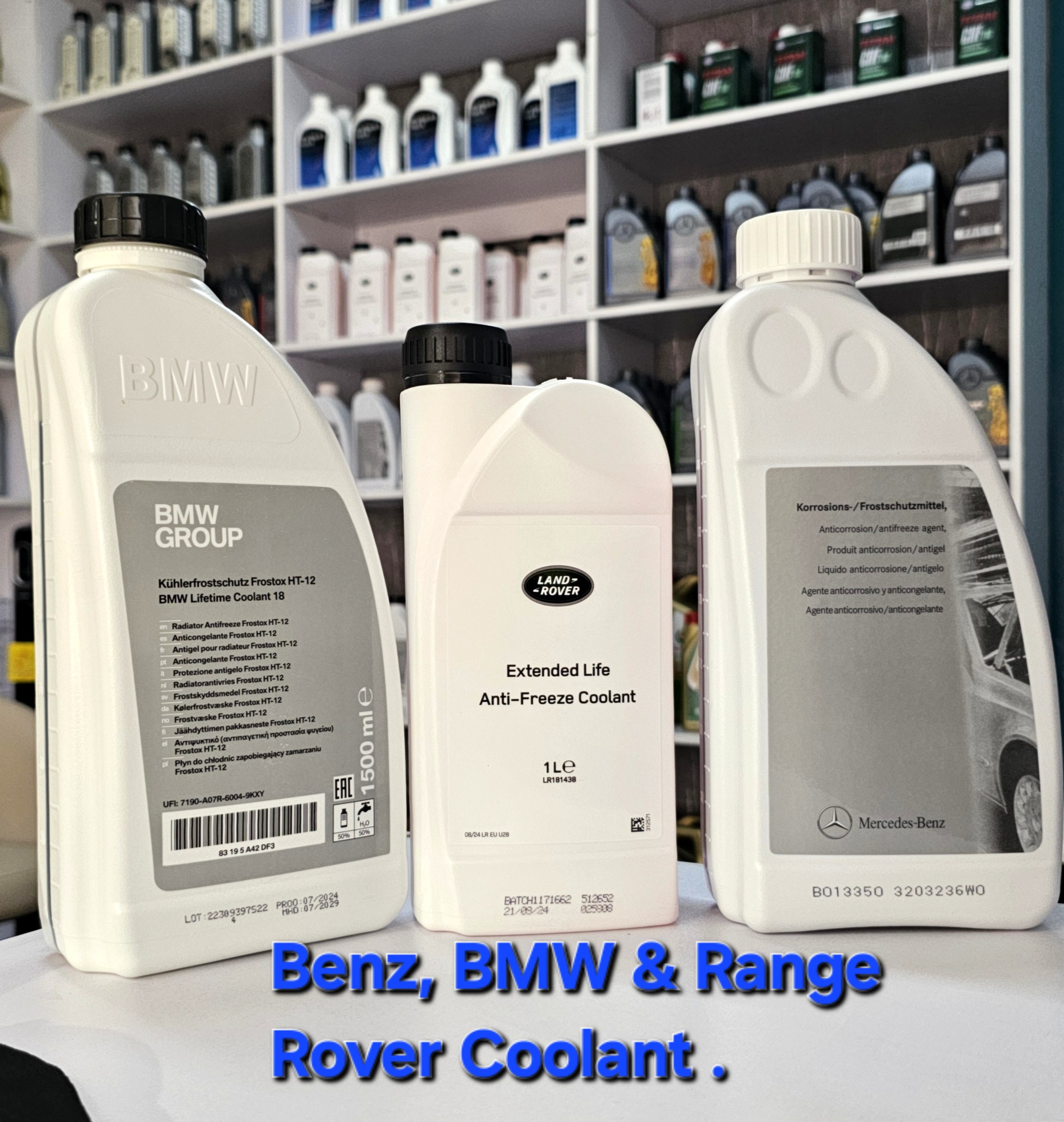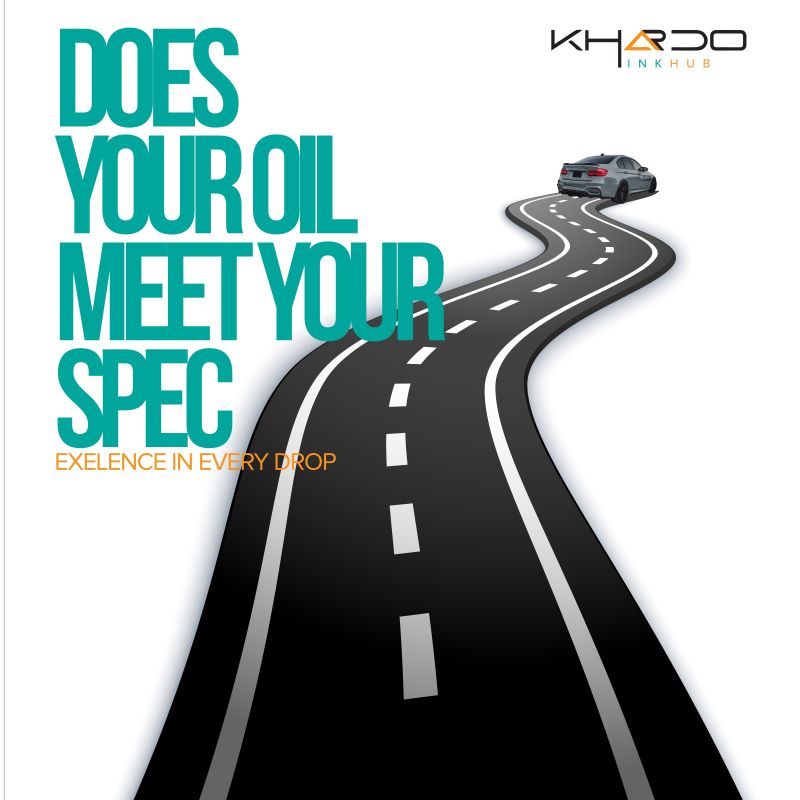Why Severe Driving Conditions Affect Your Vehicle’s Service Schedule – And Why It Matters

Vehicle manufacturers don’t just create service schedules based on time or mileage alone. They also take into account how and where the vehicle is driven. Many car owners in Uganda and other similar environments unknowingly operate their vehicles under what manufacturers classify as “severe” or “harsh” driving conditions. Ignoring this reality can shorten the life of your vehicle, increase running costs, and lead to avoidable mechanical problems.
Below are detailed reasons why it’s important to consider severe conditions when planning your vehicle service, as advised by manufacturers:
1. Dusty and Unpaved Roads Damage Engine and Filters
In many parts of Uganda, dusty roads are common, especially in rural or semi-urban areas. When a vehicle operates frequently in dusty conditions, its air filters get clogged faster, reducing airflow to the engine. This leads to poor combustion, reduced performance, and increased fuel consumption.
Why it matters:
Manufacturers recommend more frequent replacement of air filters and engine oil in such environments to prevent abrasive dust particles from entering the engine, which can cause premature wear.
2. Frequent Short Trips Cause Oil Contamination
Short trips that don’t allow the engine to fully warm up – common in city traffic or quick errands – can lead to moisture and fuel build-up in the engine oil. This reduces the oil’s effectiveness in lubricating and protecting engine parts.
Why it matters:
In severe conditions like this, manufacturers advise shortening oil change intervals to prevent sludge build-up and extend engine life.
3. High Temperatures Stress Fluids and Components
Uganda’s hot climate contributes to higher engine and transmission operating temperatures. Constant heat puts additional stress on motor oil, coolant, brake fluid, and transmission fluid.
Why it matters:
Heat accelerates fluid breakdown. If fluids aren’t replaced at shortened intervals, they lose their protective properties, risking overheating, brake failure, or transmission damage.
4. Heavy Loads and Towing Increase Strain
Vehicles used for transporting goods, carrying passengers beyond normal capacity, or towing trailers often operate under high loads. This places extra stress on the engine, transmission, brakes, and suspension.
Why it matters:
Manufacturers recommend earlier service for vehicles used in heavy-duty roles to ensure safety, prevent overheating, and maintain performance under strain.
5. Stop-and-Go Traffic Wears Out Components Faster
Urban drivers often face heavy traffic with frequent idling and braking. This puts continuous stress on the engine, gearbox, brakes, and cooling systems.
Why it matters:
Such usage patterns lead to increased wear-and-tear. Manufacturers suggest earlier maintenance of brakes, engine oil, and cooling systems under these driving conditions.
6. Flooded or Muddy Roads Affect Undercarriage and Electricals
Many roads in the rainy season become flooded or muddy. Driving through these areas exposes the undercarriage, exhaust, sensors, and electrical wiring to water and dirt.
Why it matters:
Water and mud intrusion can corrode or damage parts like wheel bearings, wiring, and oxygen sensors. Manufacturers may recommend more frequent inspection of such components when vehicles operate in these environments.
Final Thought
Following the standard service interval is only valid if you drive under what the manufacturer considers “normal” conditions. In Uganda, many vehicle owners unknowingly fall into the “severe service” category. Ignoring this can lead to more expensive repairs in the long run. That’s why it is critical to evaluate your daily driving environment and adjust your maintenance schedule accordingly.
At Khardo Link Hub, we use your vehicle’s chassis number to access the manufacturer’s service recommendations based on your vehicle model. We also help you tailor those guidelines to fit your local driving conditions—ensuring your engine, transmission, and other systems are always protected.




